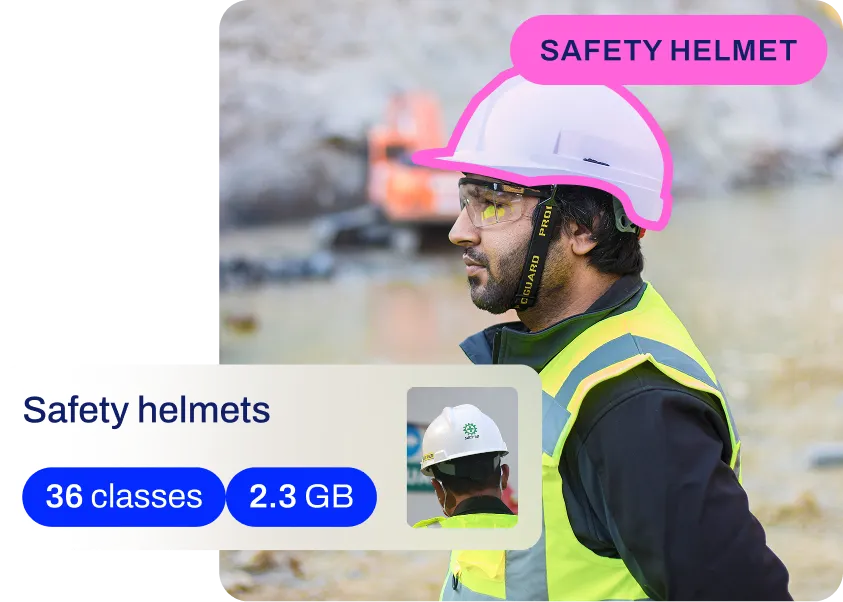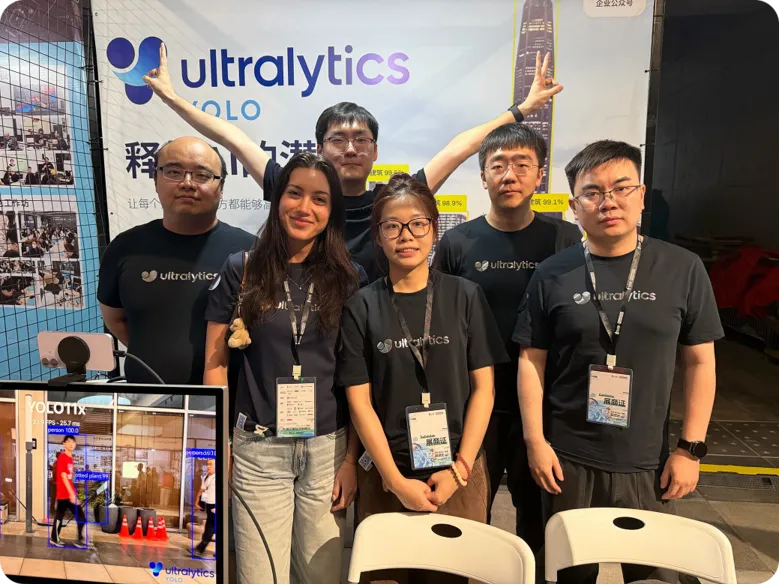Label Smoothing
Enhance AI model accuracy and robustness with label smoothing—a proven technique to improve generalization and reduce overconfidence.
Label smoothing is a regularization technique used during the training of machine learning models to prevent the
neural network from becoming overly confident in its predictions. By slightly modifying the target labels, this method
encourages the model to produce less extreme probability distributions, which ultimately leads to better
generalization and improved performance on unseen data. It effectively mitigates the common issue of
overfitting, where a model memorizes the
training data rather than learning the underlying
patterns necessary for accurate predictions in real-world scenarios.
The Mechanics of Label Smoothing
In standard supervised learning tasks, such as
image classification, models are typically trained using "hard" targets. These targets are one-hot encoded
vectors where the correct class is assigned a probability of 1.0 (100%), and all incorrect classes are assigned 0.0.
While this seems intuitive, it forces the
loss function—often Cross-Entropy Loss—to drive the
outputs of the logit layer to infinity to
achieve exactly 1.0. This behavior results in a model that is excessively confident, even when it is wrong, and
reduces its ability to adapt to new inputs.
Label smoothing replaces these hard targets with "soft" targets. Instead of assigning 1.0 to the ground
truth, the technique assigns a slightly lower value, such as 0.9. The remaining probability mass (e.g., 0.1) is
distributed uniformly across the incorrect classes. This subtle shift prevents the
activation function, typically
Softmax, from saturating. For a deeper theoretical
understanding, the research paper "Rethinking the Inception Architecture for Computer Vision" provides foundational insights into how this mechanism stabilizes training.
Implementing Label Smoothing with Ultralytics
Modern computer vision frameworks make it straightforward to apply this technique. When using the
Ultralytics YOLO11 model, you can enable label smoothing
directly within the training arguments. This is particularly useful for
classification tasks where datasets may contain ambiguity.
The following example demonstrates how to train a model with label smoothing applied:
from ultralytics import YOLO
# Load the YOLO11 classification model
model = YOLO("yolo11n-cls.pt")
# Train on a dataset with label smoothing set to 0.1
# This distributes 10% of the probability mass to incorrect classes
model.train(data="mnist", epochs=5, label_smoothing=0.1)
Benefits in Model Calibration and Robustness
One of the primary advantages of label smoothing is the improvement of
model calibration. A well-calibrated model
produces predicted probabilities that essentially reflect the true likelihood of correctness. For instance, if a model
predicts a class with 70% confidence, it should be
correct 70% of the time. Hard labels often lead to uncalibrated models that predict with 99% confidence regardless of
the actual uncertainty.
Furthermore, label smoothing increases robustness against
noisy data. In massive datasets like
ImageNet, some labels may be incorrect or ambiguous. By
not forcing the model to converge to exactly 1.0, the network becomes more forgiving of occasional mislabeled
examples, preventing the neural network from
learning erroneous patterns deeply.
Real-World Applications
This regularization strategy is widely adopted across various domains of
artificial intelligence to enhance
reliability.
-
Medical Image Analysis: In
healthcare AI solutions, uncertainty is
inherent. A scan might show features of a tumor that are not definitive. Label smoothing helps
medical image analysis models avoid making
dangerously confident false-positive predictions, assisting radiologists by providing more nuanced probability
scores rather than binary certainties.
-
Natural Language Processing (NLP): In tasks like
machine translation, multiple words can often
serve as valid translations for a single source word. Label smoothing acknowledges this ambiguity by preventing the
model from assigning zero probability to valid synonyms, a concept crucial in
Transformers and
Large Language Models.
Comparison with Related Concepts
It is helpful to distinguish label smoothing from other techniques used to improve model performance.
-
vs. Data Augmentation: While
data augmentation modifies the input data
(e.g., rotating or flipping images) to increase diversity, label smoothing modifies the target labels. Both
can be used simultaneously to train robust models like
YOLO26, which aims for high accuracy and efficiency.
-
vs. Knowledge Distillation: In
knowledge distillation, a student model
learns from the "soft" predictions of a teacher model. Unlike label smoothing, where the soft targets are
uniform and heuristic, distillation uses learned probabilities that contain information about the relationships
between classes (e.g., a "dog" is more like a "cat" than a "car").
-
vs. Dropout: The
dropout layer randomly deactivates neurons during
training to prevent co-adaptation. This changes the network architecture dynamically, whereas label smoothing alters
the optimization objective. More details on dropout can be found in this
Journal of Machine Learning Research paper.
By integrating label smoothing into your training pipeline, you ensure that your models remain adaptable and
calibrated, which is essential for successful
model deployment in production
environments.












